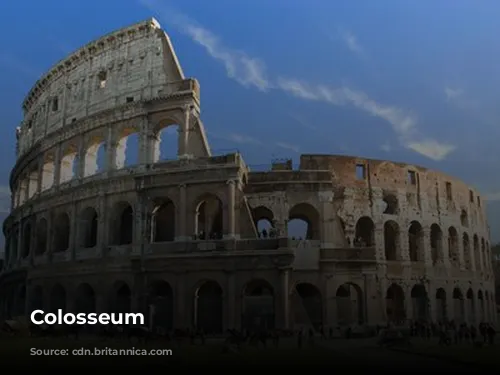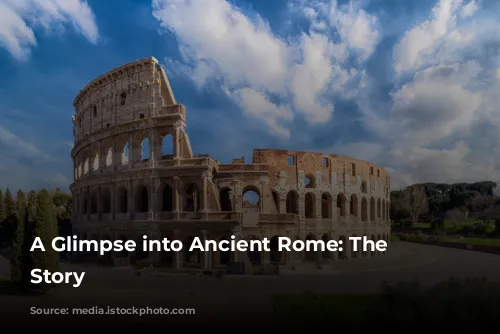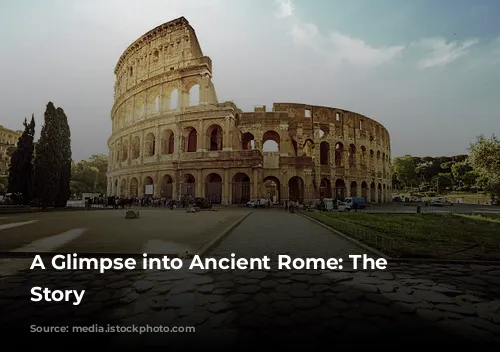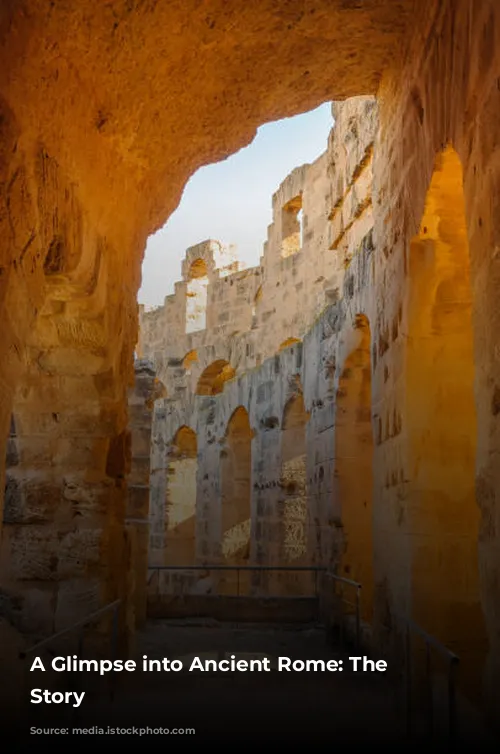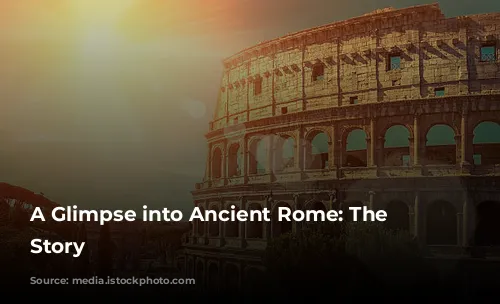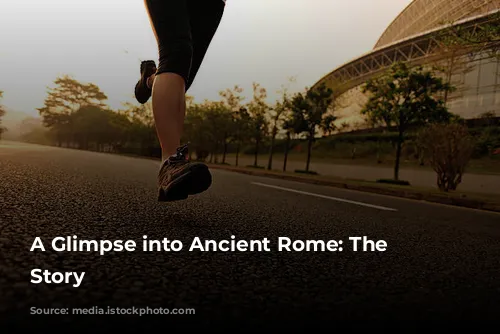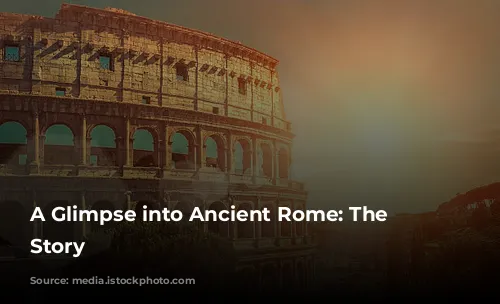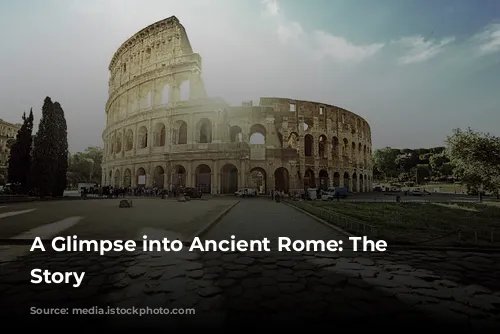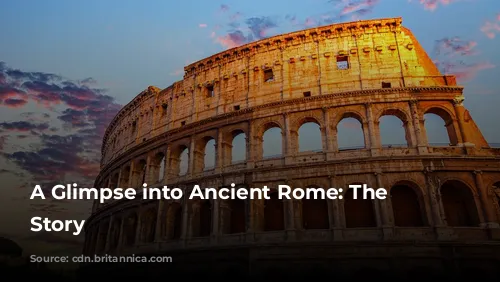The Colosseum, a majestic testament to the architectural brilliance of the Roman Empire, stands today as one of the few surviving structures from that era. It serves not only as a historical landmark but also as a significant source of revenue for the Italian government, drawing millions of tourists each year. In 2018 alone, the Colosseum, alongside the Roman Forum and Palatine Hill, generated over $63.3 million (€53.8 million), making it Italy’s most popular tourist attraction.
This ancient amphitheater has witnessed a rich and dramatic history, echoing the rise and fall of empires. After the Western Roman Empire crumbled, the Colosseum fell into disrepair. Throughout the 12th century, the Frangipane and Annibaldi families transformed the once grand arena into their fortress. The 15th century saw Pope Alexander VI permit the Colosseum to be used as a quarry, further stripping it of its former glory. It wasn’t until the 1990s that state-funded restoration efforts commenced, attempting to salvage the monument from over a millennium of neglect.
A Symbol of Imperial Might
The construction of the Colosseum was a bold statement of Roman power, a project initiated by Emperor Vespasian following the tumultuous year of the four emperors in 69 CE. This ambitious undertaking aimed to revitalize Rome, and the Colosseum, like other amphitheaters of the time, was envisioned as a spectacular entertainment venue. Here, gladiatorial combats, thrilling animal hunts, and even elaborate mock naval battles captivated audiences.
A Monument to Roman Engineering
Construction began under Vespasian’s rule between 70 and 72 CE, culminating in the dedication of the completed structure in 80 CE by his son and successor, Titus. Domitian, Vespasian’s other son, added the fourth story in 82 CE. Notably, the Colosseum’s construction was financed by the spoils of war, specifically the plunder from Titus’s conquest of Jerusalem in 70 CE, utilizing enslaved Jewish laborers from Judea.

A Colossal Structure with a Powerful Presence
The Colosseum, also known as the Flavian Amphitheater, is an elliptical structure built with stone, concrete, and tuff. Towering four stories high, it measures a staggering 620 by 513 feet (189 by 156 meters), capable of accommodating an impressive 50,000 spectators. The Colosseum is a symbol of Roman architectural ingenuity, standing as a testament to the grandeur and spectacle of ancient Roman society.
From Arena to Fortress
The Colosseum’s history is intertwined with the ebb and flow of Roman power. While it once served as a vibrant stage for gladiatorial combat, the Colosseum’s fate took a dramatic turn during medieval times. It was repurposed as a church and then fortified by the Frangipane and Annibaldi families, who used its towering structure as a fortress. The Colosseum, once a symbol of Roman might, was transformed into a symbol of defense.
A Monument Reborn
The Colosseum faced the ravages of time, lightning strikes, earthquakes, and vandalism, leading to its gradual deterioration. The marble seats and decorative elements were stripped away, leaving the once magnificent structure in a state of disrepair. However, the Colosseum’s story doesn’t end here. In the 19th century, preservation efforts began in earnest, led by Pius VIII, and a comprehensive restoration project was launched in the 1990s.

A Living Legacy
Today, the Colosseum stands as a reminder of the Roman Empire’s grandeur and enduring legacy. This iconic structure attracts millions of visitors annually, each eager to glimpse its majestic past. The Colosseum remains a testament to the skill and ingenuity of Roman builders, reminding us of the grandeur and sophistication of ancient civilization.
